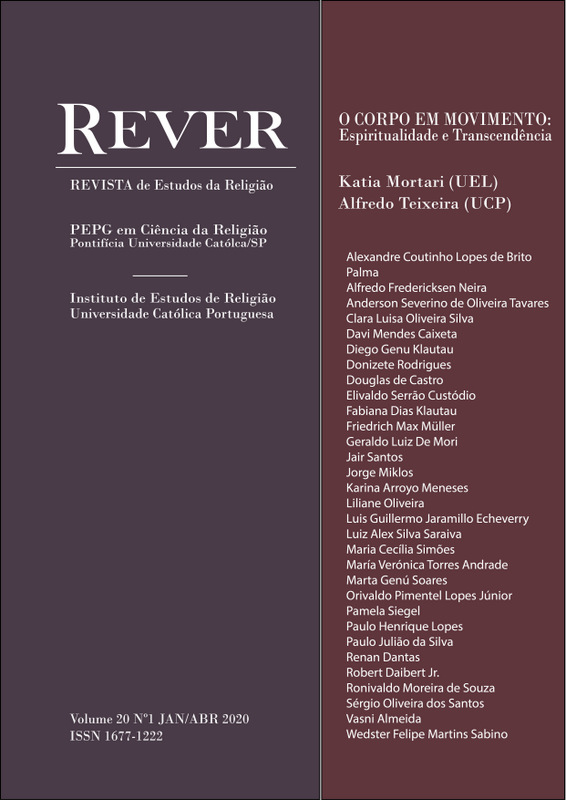The political legacy of Joseph Smith Jr., founder of the Mormon Church
DOI:
https://doi.org/10.23925/1677-1222.2020vol20i1a18Keywords:
Politics, Religious freedom, Law, Joseph Smith Jr., Mormon ChurchAbstract
Joseph Smith Jr. was the founder and prophet of The Church of Jesus Christ of Latter-day Saints in the United States, also known as the Mormon Church. He was also the first US presidential candidate to be assassinated. In a country where religious freedom was part of the identity formation shared by European immigrants and which in 1789 became part of its Constitution, the episodes of persecution and exile to which members of the Mormon Church were subjected points to the proximate cause of the political engagement of its religious leader. The immediate purpose of this paper is to analyze the formation process of the Joseph Smith Jr.’s political thought, outlining major events involving his participation as a prophet and members of the Mormon Church to ensure their safety and freedom of belief and religion. The mediate purpose is to contribute to the knowledge in the areas of Political Science and Law of a theme unknown in academia. The temporal framework for this paper is the foundation of the Mormon Church in 1830 and the murder of Joseph Smith Jr. in the Carthage Jail, Illinois, in 1844. To achieve this research objective, we will adopt the qualitative inductive methodological approach and process-tracing, which aims to outline the necessary and sufficient conditions for Joseph Smith Jr. to form his political thought as a religious leader and prophet and to decide to compete to the presidency of the United States to protect the Church and its members from political and religious persecution.
Downloads
Published
How to Cite
Issue
Section
License
Authors who publish in this journal agree with the following terms:- Authors retain copyright, but grant the journal the right of first publication, with the work simultaneously licensed under the Creative Commons BY-NC License.
- Authors are authorized to assume additional contracts separately, for non-exclusive distribution of the work published in this journal (e.g., publishing in an institutional repository or as a book chapter), as long as with acknowledgment of authorship and first publication in this journal.


